Reports show that the population of bees has continued to fall, putting food security at risk as they play a crucial role in pollination. The fast population decline can be attributed to the continued use of agricultural chemicals, climate change, and other factors such as urban development.
Frederick Leeth

Seaside Gardening Plants
The almost constant enemies of seaside gardening are wind, salt and sand. Frost, however, is neither so prolonged nor so severe on the coast as it is inland, and seaside gardeners have been able to grow many frost-tender plants in the milder climate of their coastal gardens.
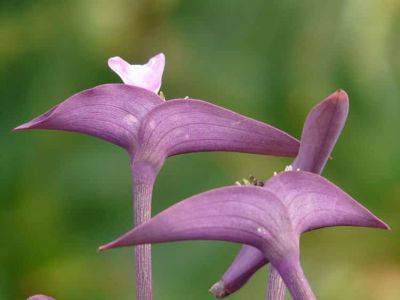
Growers Guide for Spiderwort – Tradescantia
Commemorating John Tradescant (died 1637), gardener to Charles I (Commelinaceae). A genus of 60 species of hardy perennial and greenhouse plants from North America and tropical South America. The hardy varieties are commonly called spiderwort, flower of a day,
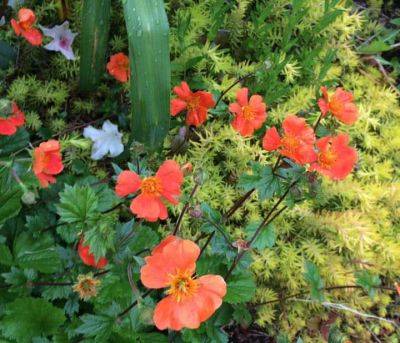
Growers Guide for Geum Plants
A genus of hardy herbaceous perennials, some of which are useful border plants, the dwarf species are good rock garden plants. Several are natives of the British Isles but those valued for gardens are from Europe, South America, and the Near East.

Planting plants in pots
There are several important stages in the cultivation of a plant and one of these is the planting of plants in pots. This is known as potting. The move is dictated by the vigor of the plant, especially in its root system. Once it outgrows its original soil area in a pot it is necessary to provide more room for the root development and the plant has to be moved on or potted into a larger pot. If the plant is being raised from seed or a cutting, it will be necessary to give it more root room eventually and the next move is into a small pot.
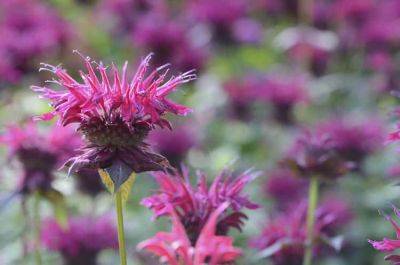
Growers Guide for Bee Balm – Monarda Plant
Named after a sixteenth-century Spanish physician and botanist, Nicholas Monardes (Labiatae). A small genus of annual and perennial herbs from North America, with fragrant leaves and flowers, related to Salvia. The leaves are nettle-like, and the flowers have a spiky appearance and are clustered together in whorls: the color ranges from white through pink, mauve, and purple to red.
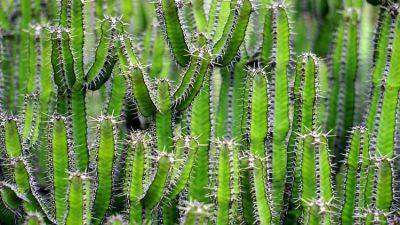
Growing and Collecting Cacti
The growing and collecting of cacti has been a popular hobby in this country for many years. Their varied shapes and colors together with the colored spines make them fascinating and their spectacular flowers are an added interest for the grower. Some of the larger types may not flower in this country owing to the lack of intense sunshine, but many hundreds of other species should flower every year.
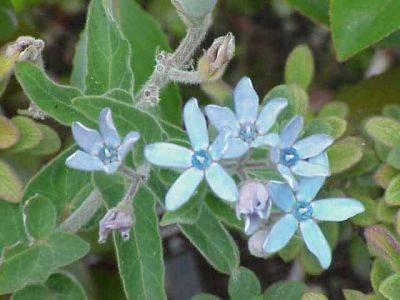
Oxypetalum caeruleum – A Good Blue Tender Perennial
The ultimate height of Oxypetalum – my garden, at least-is from a foot and a half to two feet. Although described as of trailing or twining habit, my plants have grown upright, with neat stiff stems that need no support. When broken, they exude the milky juice characteristic of the family, and the long pointed seed pods, filled with silken down, are also typical. The foliage is soft grayish-green and of velvety texture. The flowers are star-shaped, an inch or more across, growing in flat clusters over the top of the plant. They last for several days, even under the hottest sun, and are the only flowers I have ever seen which can be truthfully and accurately described as of the purest turquoise blue. This exquisite color is retained until just before the blossoms fade when they change to a pretty mauve.
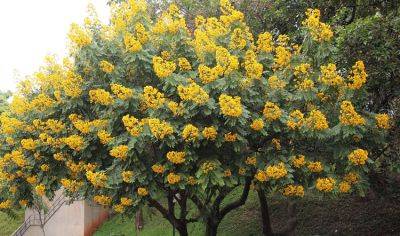
Growers Guide for Cassia Shrub
Mostly evergreen shrubs, chiefly from tropical America, belonging to the Pea family, Leguminosae. They grow from 6-50 ft. in height, have pinnate, dark green, glossy leaves, and bear golden-yellow flowers in terminal clusters in summer. Cassia is from the original Greek name Kasia.

Growers Guide for Bird of Paradise Flower
A group of tender perennial plants, only one of which is commonly grown. This is Strelitzia Reginae, which has large ornamental leaves on long strong petioles (leafstalks), and bears brilliant orange and purple flowers, several together within a large bract, on stems 3 ft. or more high in spring. It is a native of South Africa and belongs to the Banana family, Musaceae. The name commemorates Charlotte of Mecklenburg-Strelitz.
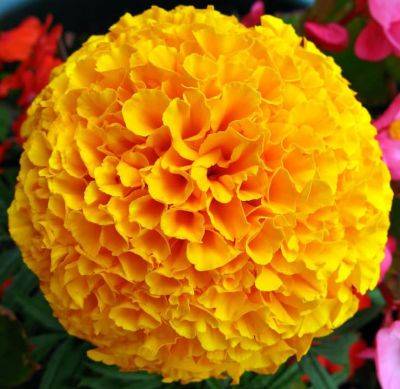
Growing and planting African and French Marigolds
Marigolds (Tagetes ) are annuals of great decorative value during the summer and autumn months. They are natives of Mexico and South America and belong to the Daisy family, Compositae. The name is said to have been derived from a mythological deity, Tages. These Marigolds are quite distinct from the Pot Marigold or Calendula.
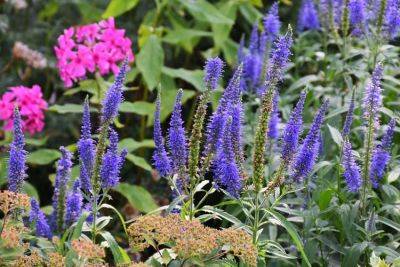
Growers Guide for Veronica – Speedwell
Origin doubtful, possibly named after St Veronica (Scrophulariaceae). Speedwell. A genus of some 300 species ‘ of hardy perennials, annuals and sub-shrubs, mainly from northern temperate regions. Those described are hardy perennials, their flowers often borne in spikes. Dwarf kinds are suitable for the rock garden.
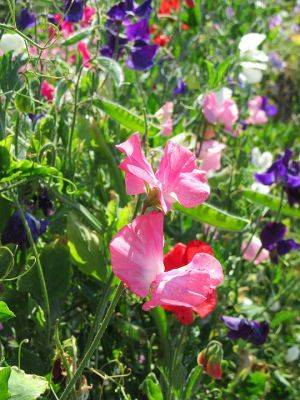
Growers Guide for Sweet Pea – Lathyrus
A genus of hardy annual and herbaceous perennial climbers from temperate zones and tropical mountains.

Growers Guide for Bleeding Heart Plant
From the Greek di, two, kentron, a spur, referring to the two spurs on the petals (Fumariaceae). Hardy herbaceous perennials formerly known as Dielytra. Fibrous and tuberous rooted, they generally transplant badly because the roots are as brittle as glass. The flowers are pendant from arching stems, like lanterns hung along a cord.

Marking out Garden Beds
One of the exciting stages of garden construction is the marking out of beds. The sites for the flower displays are marked out in the garden in the form of beds or borders. These may be of various shapes and sizes and much will depend on the character of the garden as to the exact shape which is used. Formal beds are those which have straight, defined edges whereas the informal types have irregular or natural edges. It is a good idea to draw up scale plans on paper before any marking out is begun. This will enable the gardener to design and measure the beds accurately especially where it is necessary to accommodate collections of plants such as shrubs and herbaceous plants.
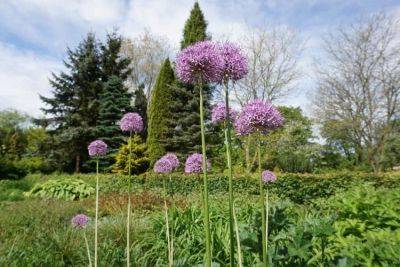
OUTER SPACE FLOWERS – Gardening
In many places in the United States columbines (Aquilegia ssp.) still grow wild. Highbrow hybrids dominate the marketplace, but even they seem to retain some of that wildness. While cleaning out an overgrown greenhouse once, I noticed columbines of indeterminate variety growing up through the cracks between the slate floor’s slabs. In my own garden they tend to self-seed, coming up everywhere but where I intend them to be. They are much like cats, domesticated to a point, but still inclined to go their own way.
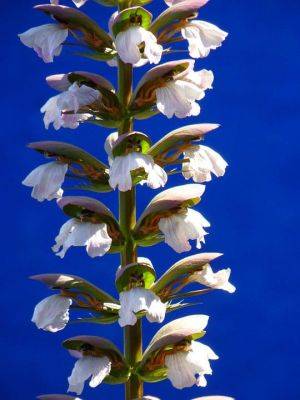
Growers Guide for Bear’s Breech – Acanthus
Bear’s breech is a Handsome, hardy perennial known to the Greeks and Romans, who used the leaf form of Acanthus mollis to decorate the Corinthian column.

Growers Guide for Pot Marigold
Showy annual plants from southern Europe belonging to the Daisy family, Compositive. They have simple alternate leaves and branching stems 1 1/2-2 1/2 ft. high, bearing large heads of yellow, yellowish or orange-colored flowers which are in full beauty during the summer. Calendula is derived from calendae, the calends, the first day of the ancient Roman month-an allusion to the almost continuous flowering character of this plant. Calendulas do best in full sunshine and in rather dry soil. They are raised, from seeds sown out of doors in the spring or early autumn where the plants are to bloom the following year and are very easy to cultivate.
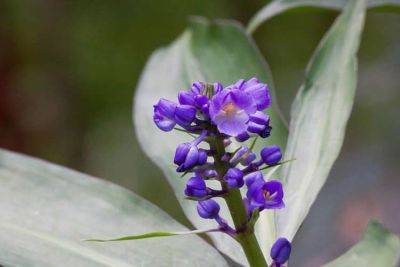
Growers Guide for Dichorisandra – Blue ginger
A genus of herbaceous perennial plants from tropical America, grown mainly for their ornamental foliage, though some also have showy flowers. They need warm greenhouse treatment in cooler areas. From the Greek dis, twice, chorizo, to part, aner, anther, referring to the 2-valved anthers (Commelinaceae).
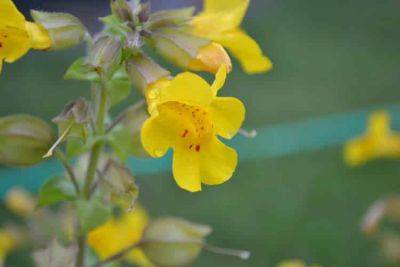
Growers Guide for Monkeyflowers
From the Greek mimo, ape; the flowers were thought to look like a mask or monkey’s face (Scrophulariaceae). Monkeyflower, monkey musk, musk. A genus of hardy annual, half-hardy perennial, and hardy perennial plants grown for their showy flowers. They are found in many temperate parts of the world, particularly North America.
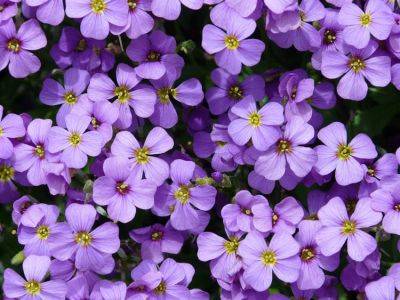
AUBRIETA THE PURPLE ROCK CRESS
Hardy, perennial, more or less evergreen, low-growing plants which bear a profusion of bloom in early spring. They are invaluable in the rock garden and wall garden, as edging to flower borders, and as groundwork for taller plants in spring flower beds. Unfortunately, they are apt to be rather short-lived where hot summers prevail. Young plants seem better able to withstand adverse conditions than older ones; hence it is a good plan to raise some new plants each year. They may, in fact, be successfully treated as biennials. They are widely distributed in mountainous regions along the coast of southern Europe and Persia and belong to the Mustard family, Cruciferae. Aubrieta (previously spelled Aubrietia) is named after Claude Aubriet, a French painter of natural history subjects.
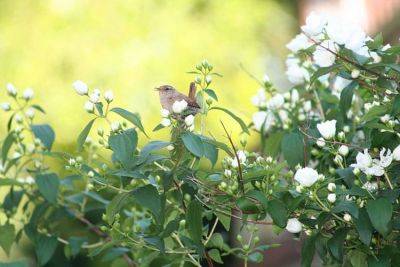
Growers Guide for Deutzia – Plant Information
(Deut’zia). A group of leaf-losing shrubs that are beautiful in bloom but are otherwise undistinguished. The flowers are produced from the side buds of the previous year’s growth. Many kinds are known, chiefly natives of China, Japan and the Himalayas. The majority are not perfectly hardy in the North against winter cold and should be given sheltered positions even in the climate of New York City and its environs. The Deutzias are closely related to the Mock Orange, or Philadelphus; they belong to the Saxifrage family, Saxifragaceae. The name Deutzia was given in honor of John van der Deutz, a patron of botany and at one time Sheriff of Amsterdam.

Growers Guide for Yarrow – Achillea
Named after Achilles, who is said to have used it as a treatment for his wounds (Compositae). Yarrow, milfoil. Hardy perennials, for the border or border rock garden.
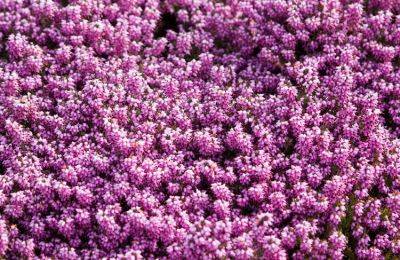
Growers Guide for Heathers, Erica and Callunas shrubs
Small, hardy, evergreen shrubs which grow wild in many parts of Europe and in a few localities in North America. They belong to the Heath family, Ericaceae. The name is derived from kallunein, to sweep. Branches are used as brooms. Only one species. is known, Callunas vulgaris, the common Heather or Scotch Heather, but it has many varieties which differ widely in stature, the color of flowers and color of leaves.

Growers Guide for Viola – Perennial Plant
An old Latin name for violet (Violaceae). A genus of some 500 species of hardy perennials, mainly from northern temperate regions, including violas, pansies, and violets, of which there are many hybrids and strains.

Growers Guide for Aucuba Japonica
Evergreen shrubs, 5-6 ft. high, with large, glossy, laurel-like green or variegated leaves and clusters of red fruits, each containing a single seed. The flowers are small and not showy, and male and female flowers are borne on different plants. They grow wild in Japan, China, and the Himalayas, and belong to the Dogwood family, Cornaceae. The word Aucuba is derived from the Japanese name of the shrub, aokiba. Aucubas will live outdoors in very sheltered locations near New York City but are generally hardy only where milder winters are the rule.
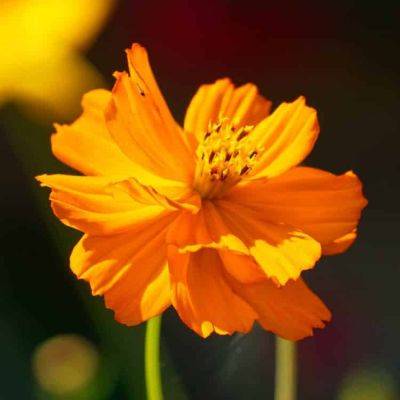
Water drainage requirements for your garden
The soil must have adequate drainage; otherwise, air may be excluded, and the more beneficial micro-organisms may be destroyed. Soils which have poor drainage are often sour and acid. It will be necessary to improve this acidity by applications of hydrated lime. Wet soils are cold ones, and this means that plant growth is severely retarded. The situation is even more critical in the northern, colder parts of the country. Waterlogged soils cause roots to rot and a combination of all these problems can produce complete failures in some gardens.
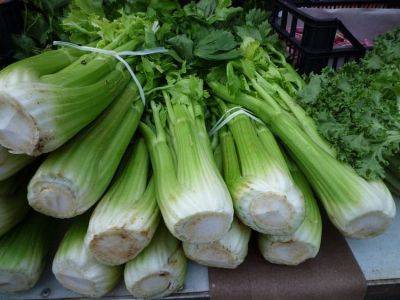
How to grow Collard Greens plants with celery seeds
Sow celery thinly in pots or boxes in heat in March for early varieties, or in a cold house in mid-April for the main crop. Prick off into deep seed boxes as soon as the seedlings are large enough to handle, at 5cm (2in) intervals. After hardening off, plant out from mid May to the end of June, in prepared trenches. This is not only helpful in earthing but enables watering to be carried out by flooding the trench.
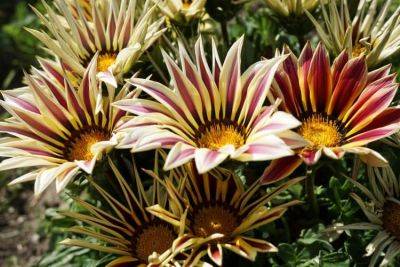
Sorting Seeds
Since confession is good for the soul, I feel compelled to say that I always order too many seeds.And since making excuses is one of the hallmarks of the human condition, I will also say that my seed surplus is not entirely my fault.Seed companies and garden magazines and charities send me all kinds of small seed packets in an effort to get me to buy or subscribe or donate.Since to err is human and to forgive divine, I will strive for divinity by forgiving my own horticultural gluttony.
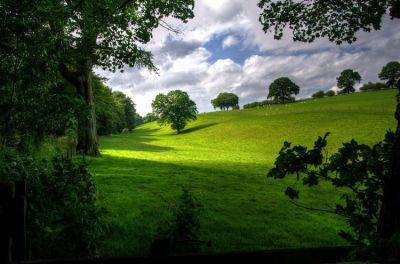
Tree identification Broadleaf trees
Information pertaining to broadleaf trees. Listed below are common trees with care facts.
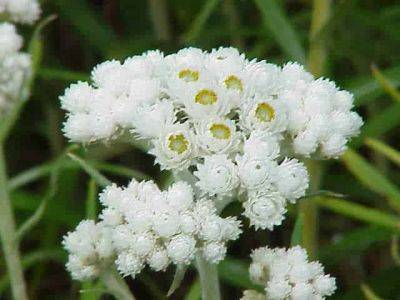
How to grow Anaphalis
Said to be an old Greek name for a similar plant (Compositae). Hardy perennials with white wooly foliage and flowers which can be cut before maturity and dried for use as `everlastings’, sometimes being dyed.
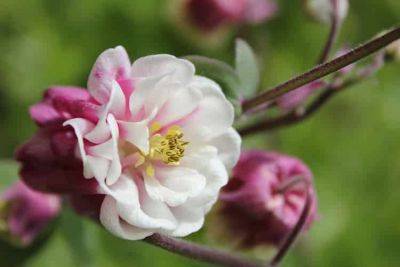
How to grow Aquilegia
The flower form resembles an eagle’s claw, hence the probable origin of this name from aquila the Latin for eagle (Ranunculaceae). Columbine. Hardy herbaceous perennials for the herbaceous border and rock garden. The flowers and leaves are very dainty. Unfortunately, they are inclined to be short lived in heavy wet soils, but they are easily increased by seed. The flowers appear in May and June in a wide range of colors from yellows and creams to blues and reds and purples. The garden hybrids have been raised from various species, e.g. the long-spurred hybrids from Aquilegia longissima. ‘Mrs. Scott Elliott’s’ is a well-known strain, and more recently, there are the McKana Giant hybrids, with larger flowers and long spurs.
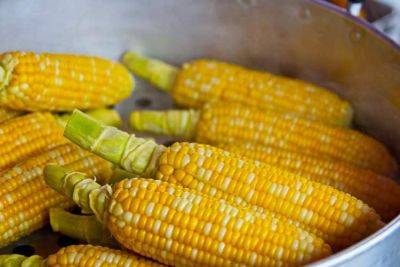
Growing corn and Sweet corn – what are the facts
No other vegetable captures the succulence of summer like sweet corn. Whether you like your kernels white, yellow, or with both colors on the same ear, new hybrids offer incredibly delicious flavor with very little effort.

Gardening Guidance for Growing Orchids
Orchids seem to do best if a greenhouse is devoted solely to their cultivation, though some types such as Odontoglossum grande and Coelogyne cristata will succeed very well in a general collection of plants.
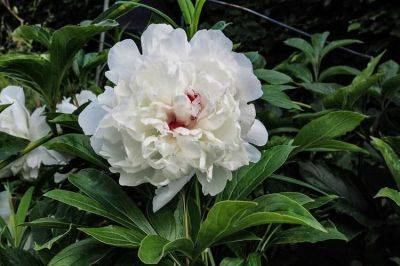
Growing Guidance for Paeonias
Commemorating Paeon, an ancient Greek physician, is said to have first used P. officinalis medicinally. Although the genus has long been considered a member of the buttercup family, Ranunculaceae, some modern botanists now place it in a family of its own, Paeoniaceae. A genus of 33 species of hardy herbaceous and shrubby perennials and a few shrubs, among the noblest and most decorative plants for a sunny or shaded border. The main division of the genus is between the herbaceous and the tree paeony, but botanically, the matter is much more complex.

How to grow Mushrooms
From the time of the Greeks and Romans, various fungi have been eaten as a delicacy and the expert can find many varieties growing wild which are equal, if not superior, in flavor to the mushroom (Psalliotta campestris). But there are also a number of poisonous fungi, some deadly. The field mushrooms which appear in profusion in meadows in the moist autumn days are perfectly safe, but the inexperienced townsman would be well advised to make sure first that he is actually picking field mushrooms, because some poisonous fungi are very similar. Cultivated mushrooms are absolutely reliable and a valuable food as well as a delicacy.
Popular Celebrities
What about learning something new reading the latest gardening Tips & Guides on Frederick Leeth knowing a lot of different lifehacks? If you enter this greengrove.cc once, you will stay with us forever! Stop wasting your time looking for something else, because here we have already gathered a lot of useful information and Frederick Leeth is going to share it with you! Do not miss the chance to check out our daily updates! Stay tuned and enjoy applying all DIY hacks in your life.
